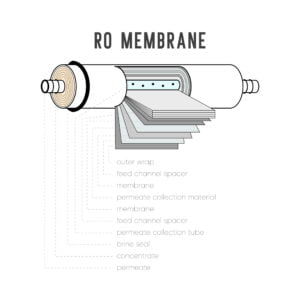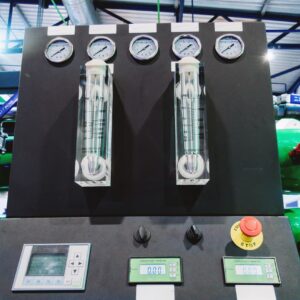
Understanding Flux in Reverse Osmosis: The Rate of Water Flow Through Semipermeable Membranes
When it comes to reverse osmosis, flux refers to the rate at which water passes through semipermeable membranes. It refers to the volume of water that passes through a membrane per unit of time and surface area.
Several factors influence reverse osmosis flux, including the pressure applied to the water, the temperature of the water, and the membrane’s properties. It is generally noted that higher pressures and higher temperatures will result in higher fluxes, while membranes with smaller pores or increased thickness will result in lower fluxes.
It is imperative to consider flux in reverse osmosis systems because it impacts the efficiency of the process. In applications where large volumes of water need to be treated, a higher flux can enable more water to be treated in a given amount of time. Higher fluxes can, however, lead to more rapid fouling of membranes, which can decrease the effectiveness of the system in the long run.
We measure the flux in litres per sq meter per hour (lmh), it can easily determined by the following calculation.

Jv = Permeate flux S = Area of the membrane Qp = permeate flowrate





